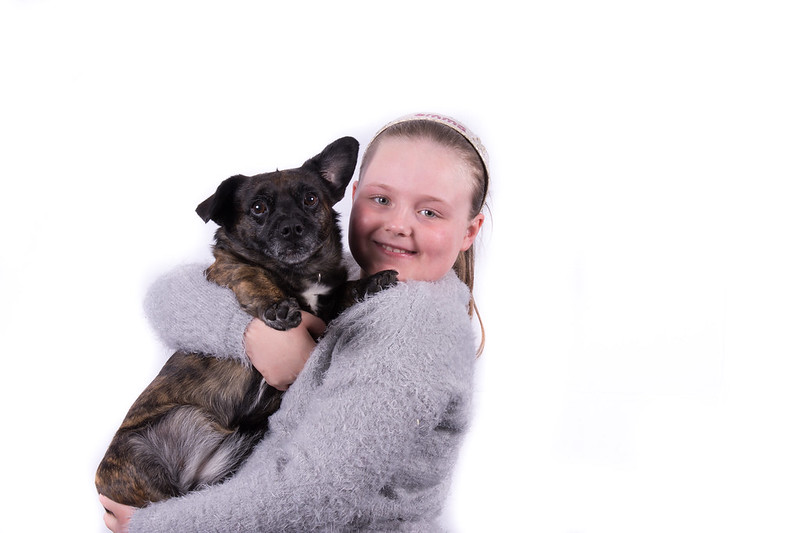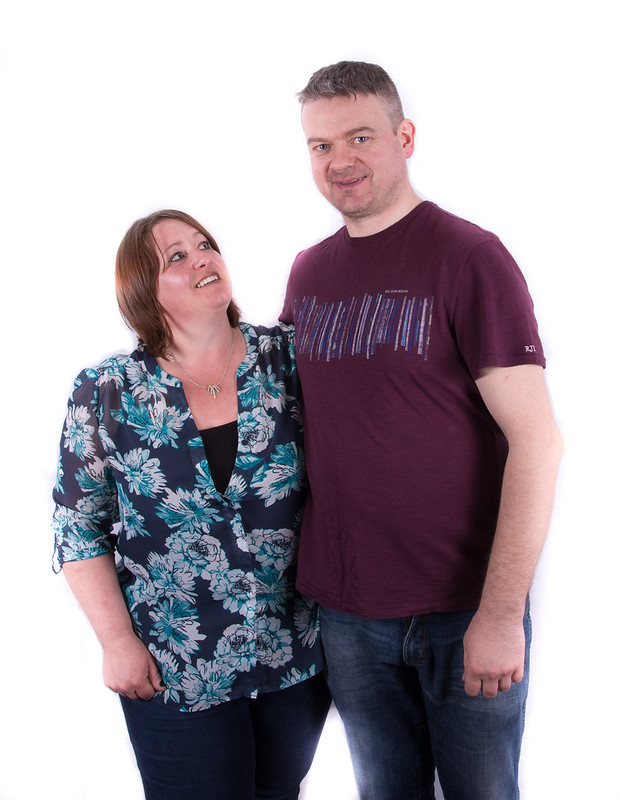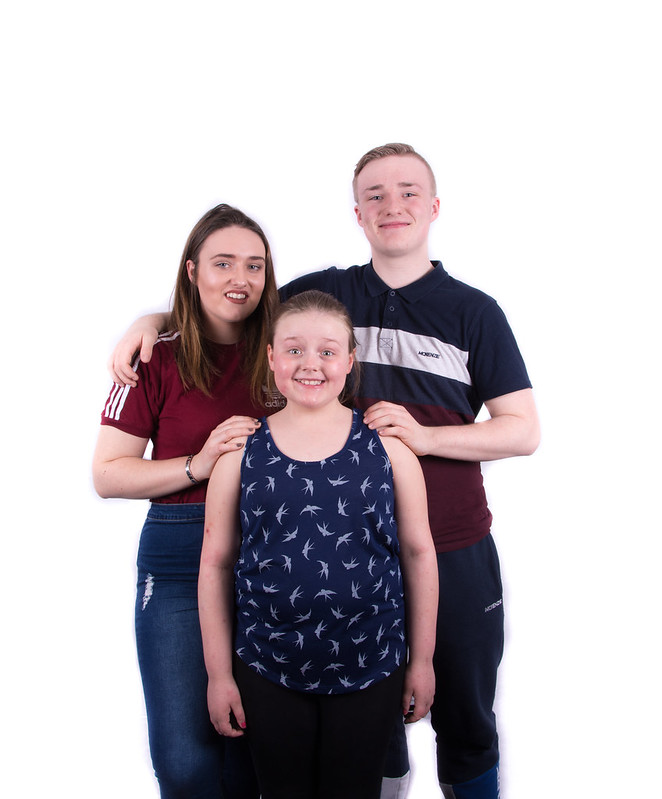- Messages
- 996
- Name
- peter
- Edit My Images
- Yes
ok i have had another go and have now more than just the one Autumn forest backdrop.
i think the flash positioning was defo wrong due to the reflections in the glasses
used a white backdrop for blowing out and a mottled effect one i got.
also got a new holder as the one i had only opened to 1.8m the new one does 3m.
and yes i have some flashes now not just speed lights. i have one of the ebay kits https://www.ebay.co.uk/itm/540W-Stu...223073&hash=item4418c1f588:g:xeUAAOSwPcVVzCfS and also 2 of the jessops 336vm portaflashes and a light meter. all 2nd hand on some ebay deals localish.
p.s. would some sort of steamer thing work for helping with the creases in the backdrop ?
 _PAS3374 by peter staddon, on Flickr
_PAS3374 by peter staddon, on Flickr
 _PAS3376 by peter staddon, on Flickr
_PAS3376 by peter staddon, on Flickr
 _PAS3377 by peter staddon, on Flickr
_PAS3377 by peter staddon, on Flickr
 _PAS3390 by peter staddon, on Flickr
_PAS3390 by peter staddon, on Flickr
 _PAS3399 by peter staddon, on Flickr
_PAS3399 by peter staddon, on Flickr
 _PAS3479 by peter staddon, on Flickr
_PAS3479 by peter staddon, on Flickr
 _PAS3494 by peter staddon, on Flickr
_PAS3494 by peter staddon, on Flickr
 _PAS3492 by peter staddon, on Flickr
_PAS3492 by peter staddon, on Flickr
i think the flash positioning was defo wrong due to the reflections in the glasses
used a white backdrop for blowing out and a mottled effect one i got.
also got a new holder as the one i had only opened to 1.8m the new one does 3m.
and yes i have some flashes now not just speed lights. i have one of the ebay kits https://www.ebay.co.uk/itm/540W-Stu...223073&hash=item4418c1f588:g:xeUAAOSwPcVVzCfS and also 2 of the jessops 336vm portaflashes and a light meter. all 2nd hand on some ebay deals localish.
p.s. would some sort of steamer thing work for helping with the creases in the backdrop ?
 _PAS3374 by peter staddon, on Flickr
_PAS3374 by peter staddon, on Flickr _PAS3376 by peter staddon, on Flickr
_PAS3376 by peter staddon, on Flickr _PAS3377 by peter staddon, on Flickr
_PAS3377 by peter staddon, on Flickr _PAS3390 by peter staddon, on Flickr
_PAS3390 by peter staddon, on Flickr _PAS3399 by peter staddon, on Flickr
_PAS3399 by peter staddon, on Flickr _PAS3479 by peter staddon, on Flickr
_PAS3479 by peter staddon, on Flickr _PAS3494 by peter staddon, on Flickr
_PAS3494 by peter staddon, on Flickr _PAS3492 by peter staddon, on Flickr
_PAS3492 by peter staddon, on Flickr



